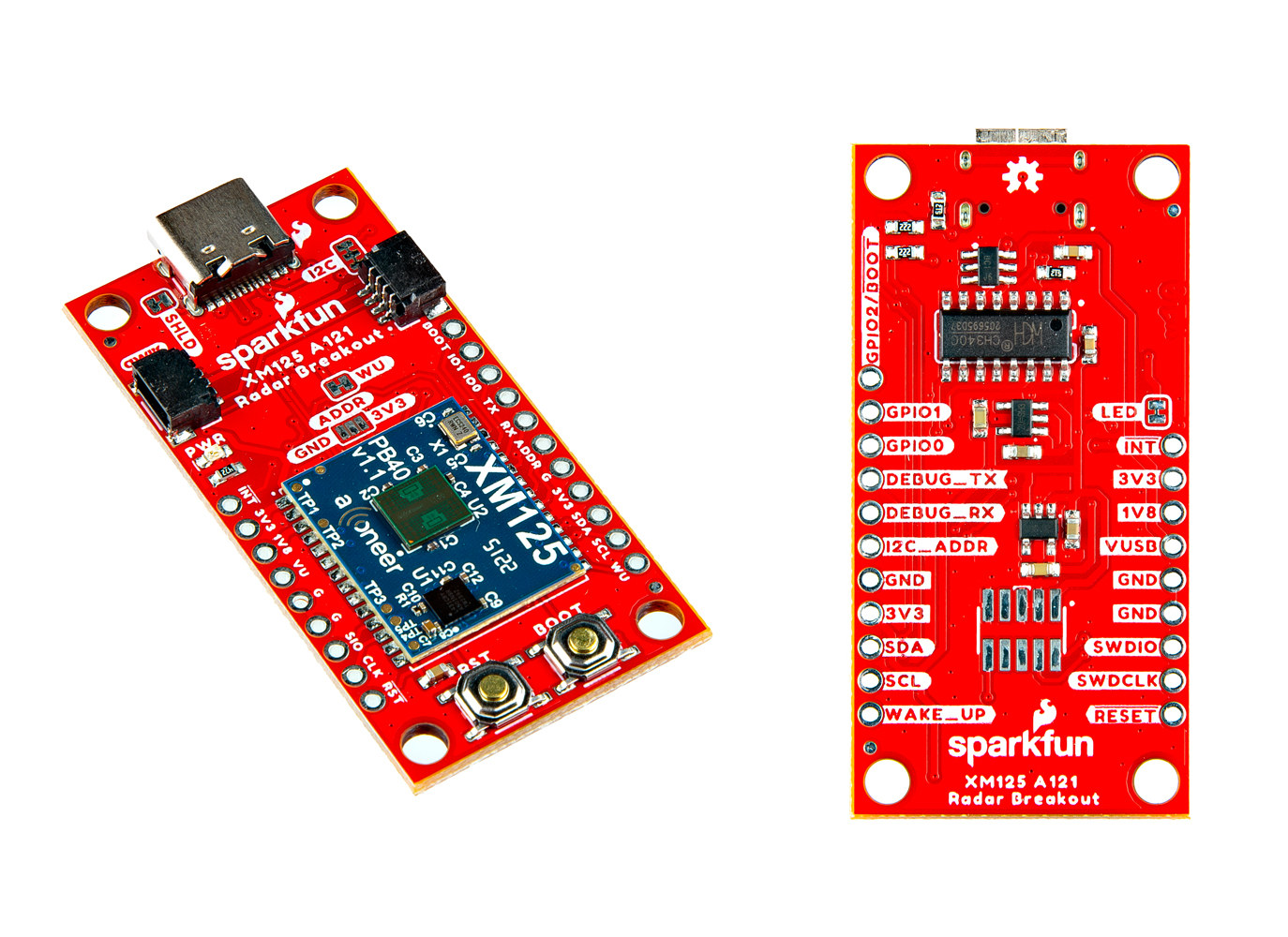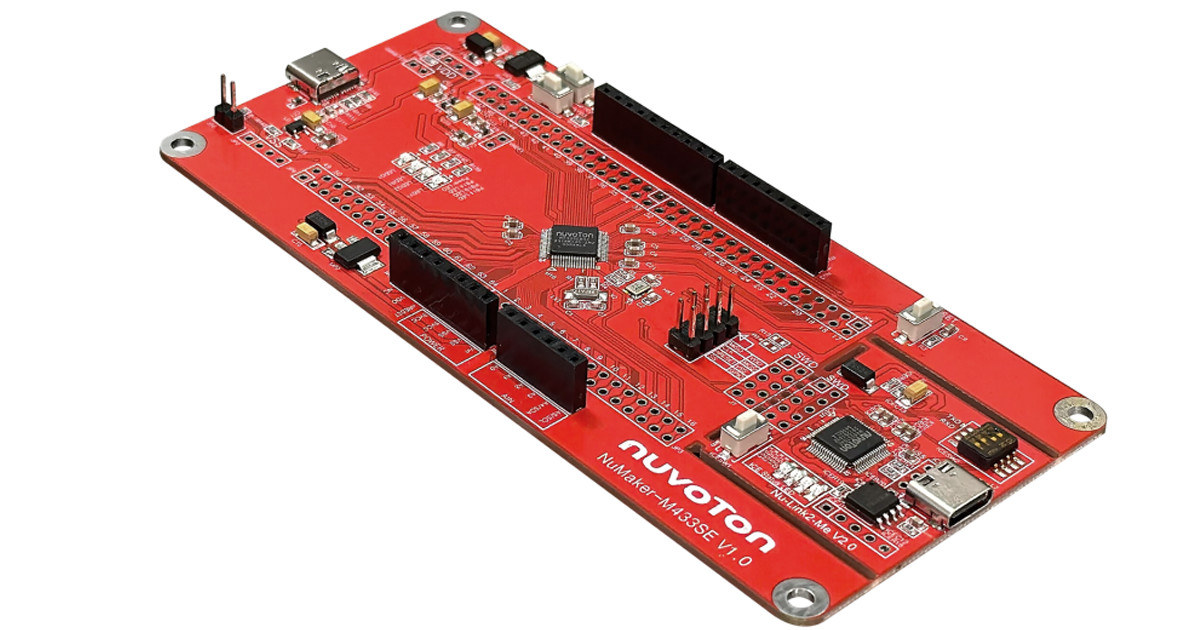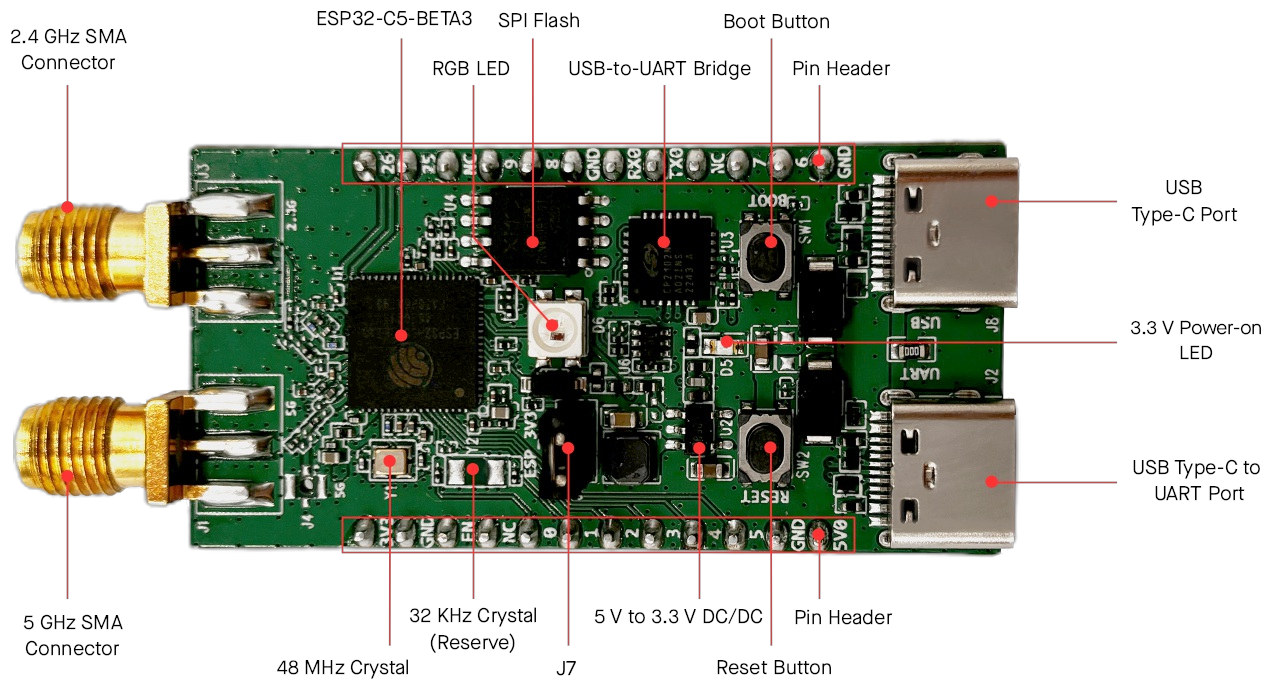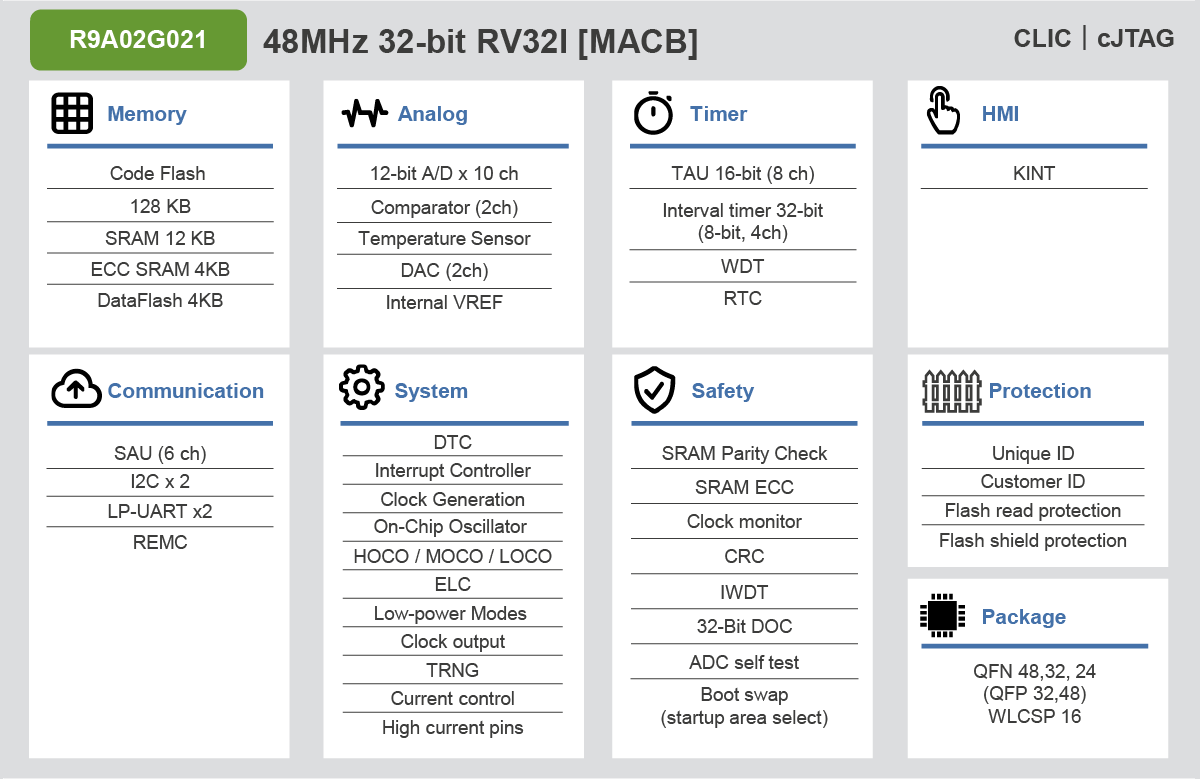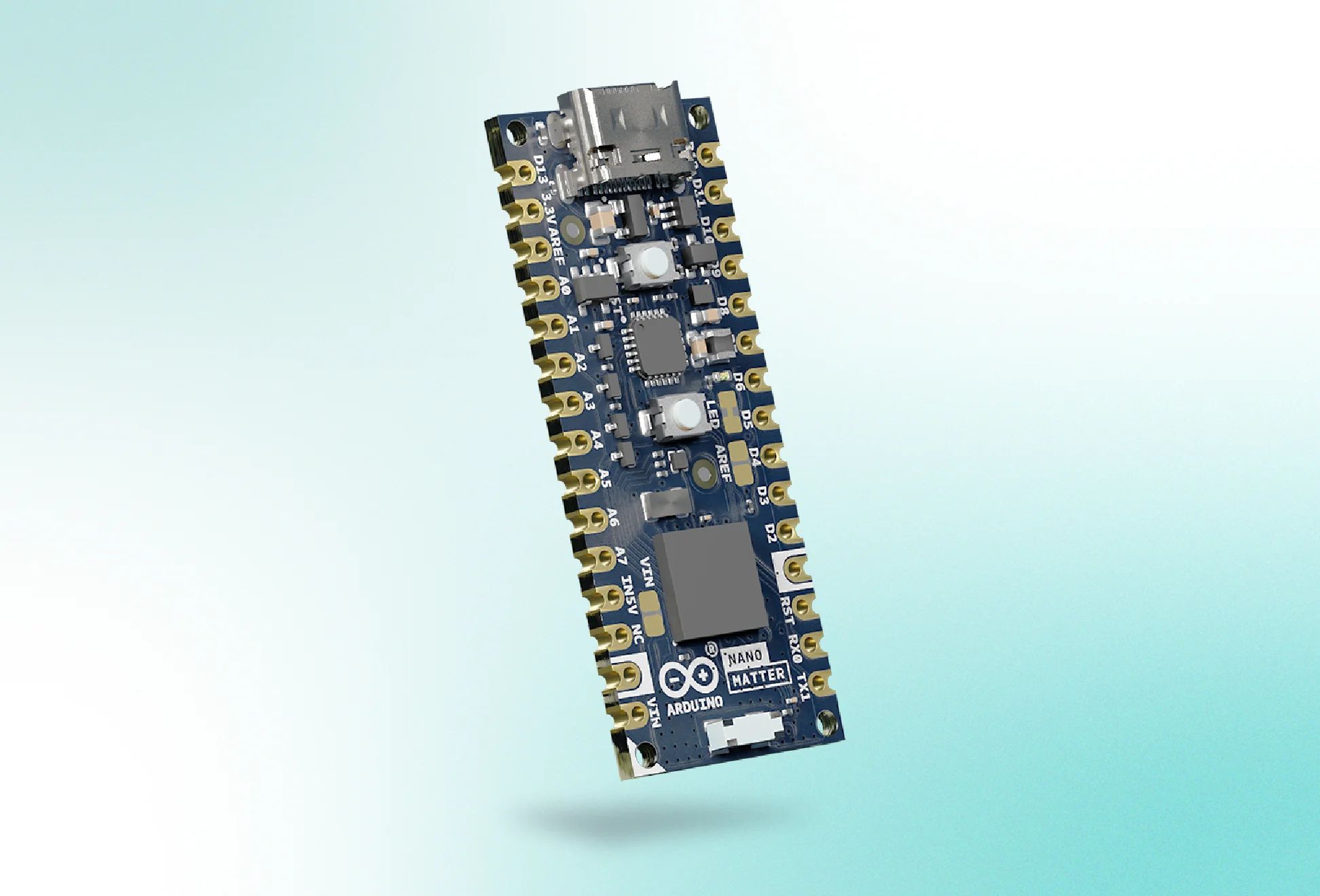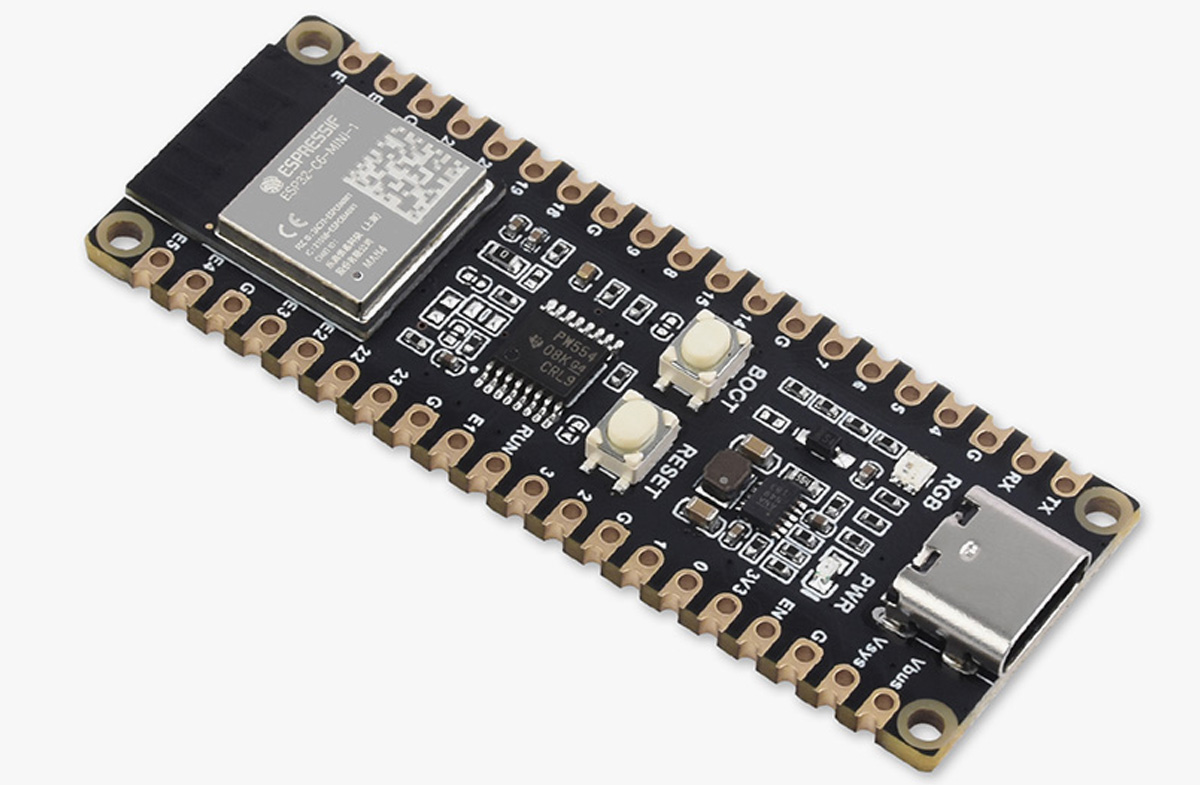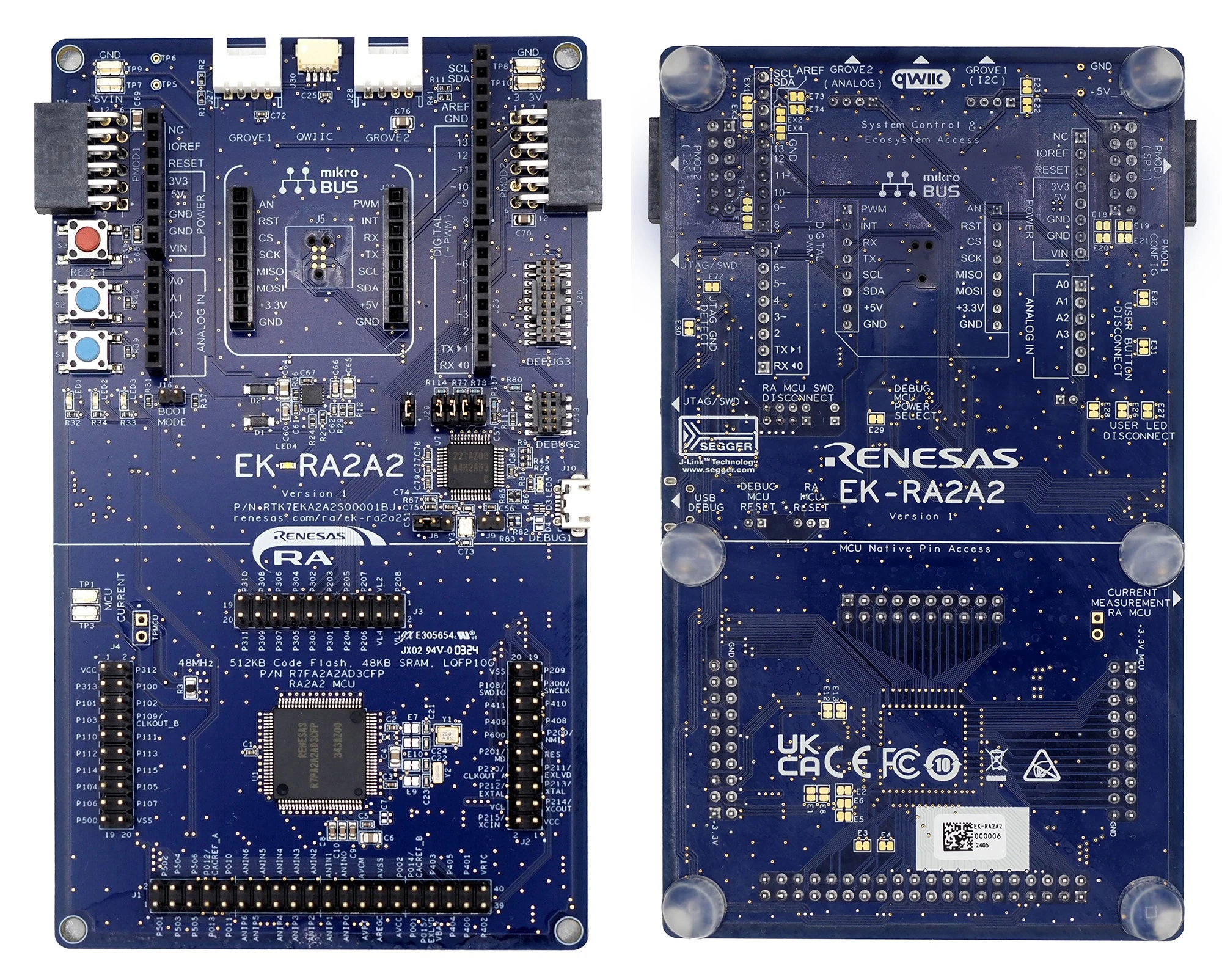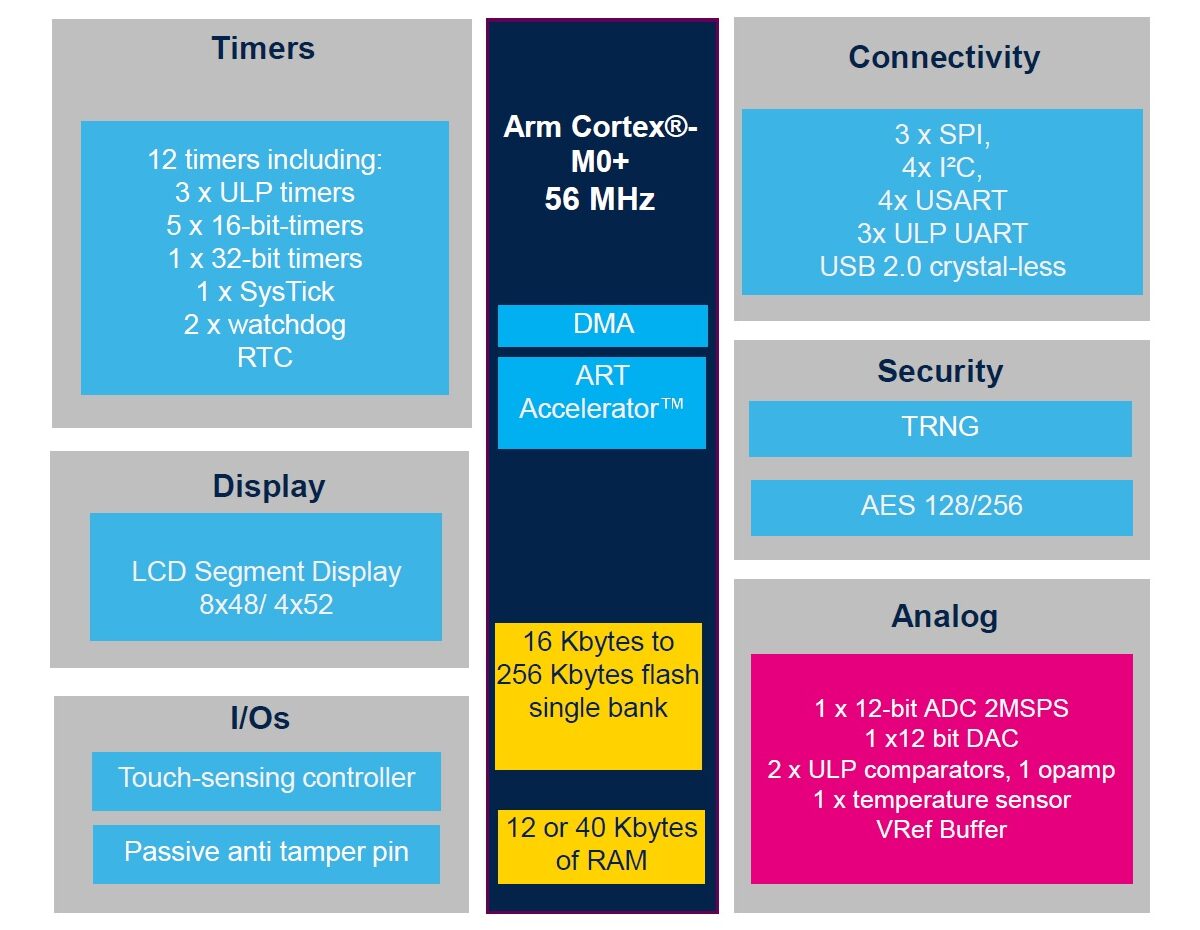SparkFun has launched a new Qwiic breakout board for the Acconeer XM125 60 GHz pulsed coherent radar sensor that can measure distance to humans even through walls and works at a distance of up to 20 meters. We’ve seen tiny 24GHz or 60GHz radar modules for several years now, and Supachai even reviewed the Seeed Studio mmWave sensor using ESPHome and Home Assistant late last year with the solution relying on Frequency-Modulated Continuous Wave (FMCW) technology. The Acconneer XM125 is a Pulse-radar module that emits electromagnetic waves in short bursts instead of continuously like FMCW radars and allows longer measurement ranges potentially at the cost of lower accuracy. Sparkfun Pulse Coherent Radar Sensor specifications: Acconeer XM125 Module A121 60GHz Pulsed Coherent Radar (PCR) Integrated baseband, RF front-end, and antenna in package Detects distance, speed, motion, and objects up to 20 meters away Millimeter precise readings Low power consumption STMicro STM32L431CBY6 […]
Nuvoton launches M433 Series ultra-low power Arm Cortex-M4F MCUs, NuMaker-M433SE development board
Nuvoton has recently announced their M433 Series MCUs (M433LE8AE and M433SE8AE) along with the NuMaker-M433SE development board. Nuvoton is calling this the “M433 CAN/USB FS OTG” Series, featuring an Arm Cortex-M4F core with DSP and FPU extensions. The MCU is clocked at 144 MHz and consumes 350 nA in deep power-down mode, making it ideal for battery-operated IoT, industrial, and consumer applications. This is not the first Nuvoton MCU we have written about. In recent months, we have seen Nuvoton release the NuMicro M091 Series, the Nuvoton MA35H0 – a cost-optimized MPU, and other dev boards and MCUs. Feel free to check those out if you are interested in the topic. Nuvoton M433 Series MCUs specifications: MCU core 144 MHz Arm Cortex-M4F Includes DSP and FPU instructions Memory Protection Unit (MPU) with 8 regions Memory Up to 128 KB Flash 4 KB LDROM Up to 64 KB SRAM with parity […]
ESP32-C5 beta board features 2.4GHz and 5GHz SMA antenna connectors, two USB-C ports
Espressif ESP32-C5 microcontroller was announced in June 2022 as the first dual-band WiFi 6 IoT chip from the company. It’s been quiet since then, but things are about to change as the ESP32-C5 beta board’s documentation has very recently been released. The ESP32-C5 was initially announced as a dual-band WiFI 6 and Bluetooth 5.0 LE SoC, but the user manual for the beta board indicates that it also supports Zigbee 3.0 and Thread 1.3, so there’s an 802.15.4 in the wireless microcontroller. The ESP32-C5 board itself features two SMA connectors for 2.4 GHz and 5GHz antennas or test equipment, two USB-C ports, two 12-pin GPIO header, Boot and Reset buttons, an RGB LED, and a 2-pin header for current measurements. ESP32-C5 beta board specifications: SoC – ESP32-C5-BETA3 CPU – Single-core 32-bit RISC-V processor @ up to 240 MHz Memory – 400KB SRAM on-chip Storage – 384KB of ROM on-chip, support […]
R9A02G021 is the first microcontroller with Renesas 32-bit RISC-V CPU core design
Renesas R9A02G021 is the first MCU group to use the company’s in-house designed 32-bit RISC-V CPU core with 3.27 CoreMark/MHz, RV32I base plus M/A/C/B extensions, and features such as a stack monitor register, a dynamic branch prediction unit, and a JTAG debug interface. Renesas has been making RISC-V chips at least since 2022 with the likes of RZ/Five 64-bit microprocessor and R9A06G150 32-bit voice control ASSP. All those were based on Andes RISC-V cores, but since the company has now designed its own 32-bit core, future Renesas 32-bit RISC-V microcontrollers are all likely to feature the in-house core, starting with the R9A02G021 general-purpose MCU group. Renesas R9A02G021 key features and specifications: RISC-V Core Renesas RISC-V instruction-set architecture (RV32I + MACB + Ziscr, Control and Status Register (CSR) instructions + RISC-V Zifencei Instruction-Fetch Fence) Maximum operating frequency – 48 MHz Debug and Trace – RISC-V External Debug Support cJTAG Debug Port […]
Arduino Nano Matter board specifications and price announced
The Arduino Nano Matter is the product of a collaboration between Arduino and Silicon Labs. The Nano Matter board was announced in January and is powered by SiLabs’ MGM240S chip. It offers multiple wireless connectivity options such as Matter, OpenThread, and Bluetooth Low Energy. Support for the Matter standard is the Nano Matter board’s key offering. Matter is an open-source, connectivity protocol that lets smart home devices from different manufacturers interoperate seamlessly. The 45mm x 18mm board leverages dual-mode connectivity, with IEEE 802.15.4 (Thread) for mesh networking and Bluetooth Low Energy for short-range communication. It is targeted at the Internet of Things, home automation, professional automation, environmental monitoring, and climate control applications. Prospective industrial applications include machine-to-machine interoperability, machine status monitoring, and worker status optimization. Arduino Nano Matter specs: MPU – SiLabs MGM240SD22VNA MCU core – 32-bit Arm Cortex-M33 with DSP (digital signal processing) instruction and FPU (floating-point unit) @ […]
$6.99 Waveshare’s ESP32-C6-Pico Board resembles Raspberry Pi Pico board
Waveshare’s ESP32-C6-Pico and ESP32-C6-Pico-M development boards are equipped with the ESP32-C6-MINI-1 module supporting Wi-Fi 6(802.11ax), Bluetooth 5, Zigbee 3.0, and Thread 1.3, and inspired by the Raspberry Pi Pico form factor. They can be powered either through USB Type-C or an external 5V DC supply connected to the pins. Previously we have written about similar ESP32-C6-based boards like the SparkFun Thing Plus, ePulse Feather C6, and WeAct ESP32-C6 dev board. However, these boards are priced way over the $6.99 that Waveshare is offering. One exception is the DFRobot’s FireBeetle 2 ESP32-C6 board, which cuts costs by using the IC directly instead of the fully shielded ESP32-C6-MINI-1 module. Waveshare’s ESP32-C6-Pico board specifications: Wireless module – ESP32-C6-MINI-1 SoC – ESP32-C6H4 32-bit RISC-V microprocessor up to 160 MHz with 320KB ROM, 512KB HP SRAM, 16KB LP SRAM, 4MB flash Wireless – 2.4 GHz WiFi 6 with Target Wake Time (TWT) support, Bluetooth 5.3 LE and […]
Renesas RA2A2 Arm Cortex-M23 microcontroller offers high-resolution 24-bit ADC, up to 512KB dual-bank flash
Renesas Electronics RA2A2 Arm Cortex-M23 microcontroller (MCU) group offers a 7-channel high-resolution 24-bit Sigma-Delta ADC, as well as dual-bank flash and bank swap function for an easier implementation of firmware over-the-air (FOTA) updates. The 48MHz MCU also comes with 48KB SRAM, up to 512KB code flash, various interfaces, and safety and security features that make it suitable for smart energy management, building automation, medical devices, consumer electronics, and other IoT applications that can benefit from high-resolution analog inputs and firmware updates. Renesas RA2A2 specifications: MCU core – Arm Cortex-M23 Armv8-M core clocked at up to 48 MHz Arm Memory Protection Unit (Arm MPU) with 8 regions Memory 48 KB SRAM Memory Protection Units (MPU) Memory Mirror Function (MMF) Storage Up to 512 KB code flash memory in dual bank (256 KB × 2 banks); bank swap support 8 KB data flash memory (100,000 program/erase (P/E) cycles) Peripheral interfaces Segment LCD […]
STMicro announces ultra-low-power STM32U0 MCU, unveils 18nm FD-SOI process for STM32 microcontrollers
STMicro has announced the ultra-low-power STM32U0 Arm Cortex-M0+ microcontroller family running up to 56 MHz that reduces energy consumption by up to 50% compared to previous product generations such as STM32C0 or STM32L0 while targetting SESIP Level 3, PSA-Certified Level 1, and NIST certifications. Separately, the company also introduced a new 18nm FD-SOI manufacturing process for STM32 microcontrollers that will replace the 40nm process currently used. STMicro STM32U0 Cortex-M0+ MCU STMicro STM32U0 key features and specifications: MCU Core – Cortex-M0+ up to 54 MHz with ART accelerator Memory / Storage STM32U031x – 12KB SRAM, 16 to 64KB flash STM32U073x – 40 KB SRAM, 16 to 256 KB flash STM32U083x – 40 KB SRAM, 256 KB flash Display – LCD controller for 8×48 or 4×52 segment displays (STM32U073, STM32U083) Peripherals 3x I2C, 2x SPI, 4x USART, 2x low-power UART. Up to 21x capacitive sensing channels USB – 1x USB 2.0 device […]


